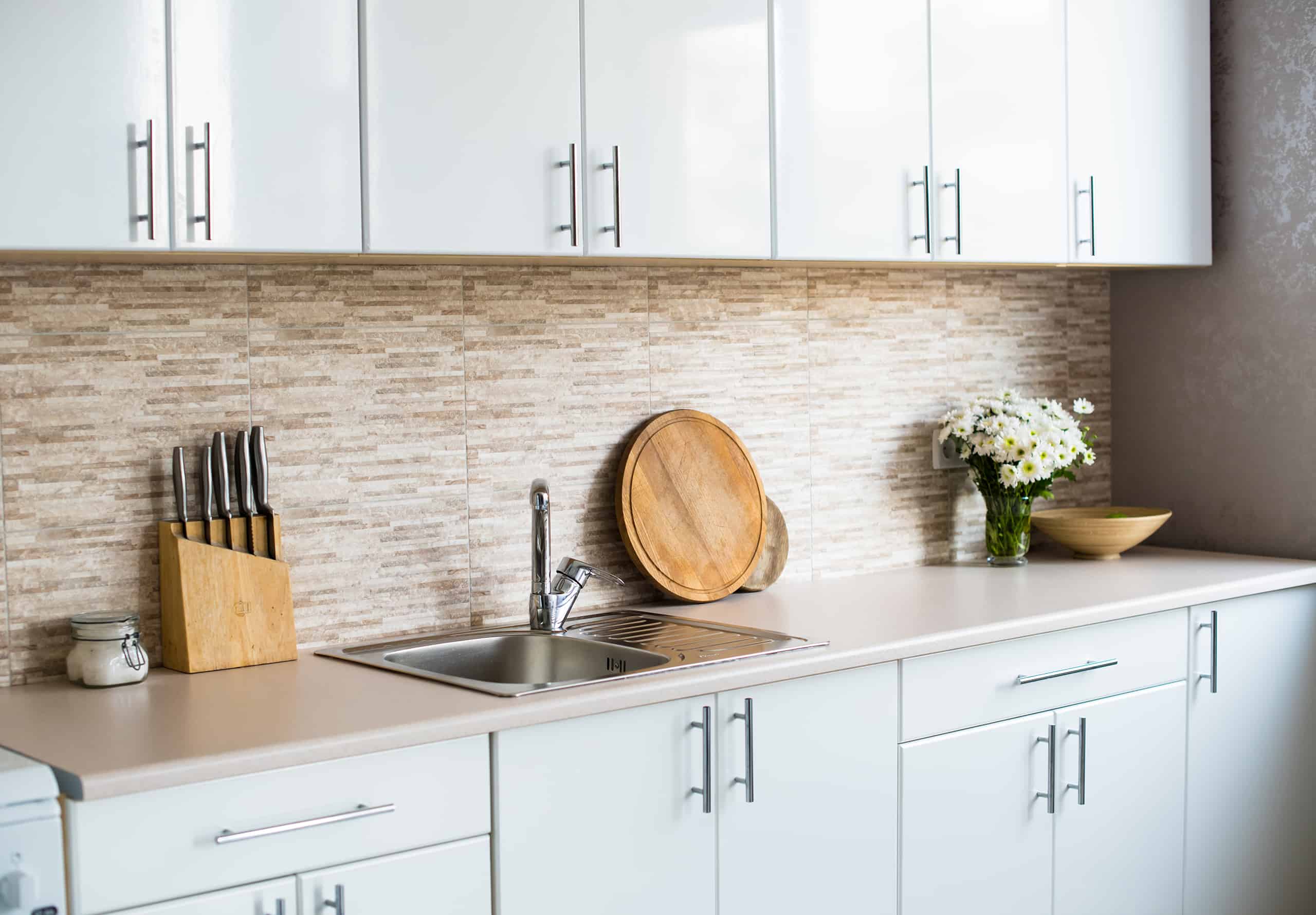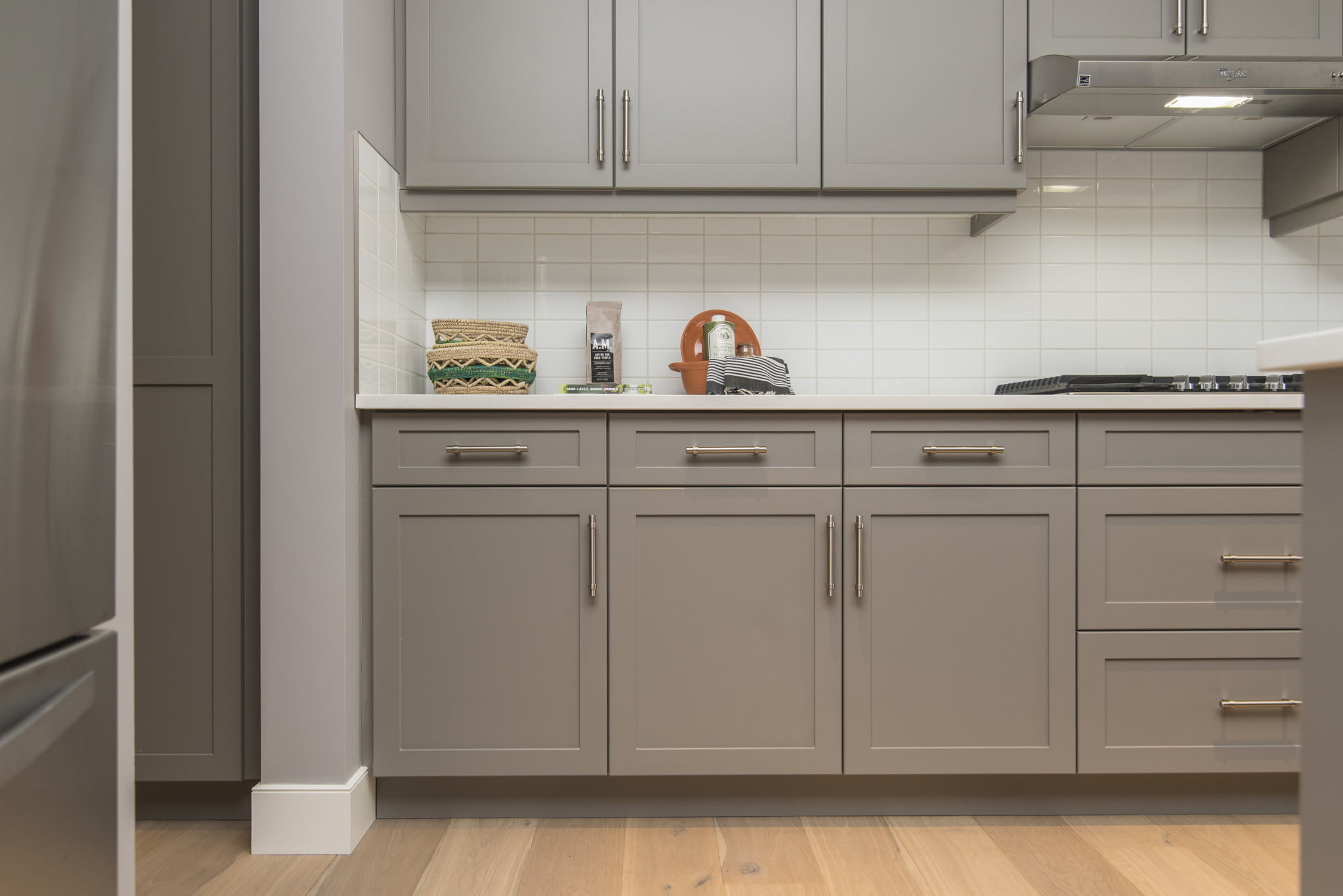Types of Kitchen Cabinet Handles: Pictures Of Kitchen Cabinets With Handles

Choosing the right kitchen cabinet handles can elevate the style of your kitchen and enhance its functionality. With a wide array of options available, it can be overwhelming to decide which type best suits your needs and preferences. This guide will explore the different types of kitchen cabinet handles, their materials, styles, and finishes, helping you make an informed decision.
Materials and Styles of Kitchen Cabinet Handles
The material and style of your cabinet handles can significantly impact the overall aesthetic of your kitchen.
- Metal Handles: Metal handles are the most popular choice for kitchen cabinets due to their durability, versatility, and wide range of finishes.
- Stainless Steel: A classic and timeless option, stainless steel handles are known for their resistance to rust and scratches, making them suitable for high-traffic areas. They are available in various finishes, such as brushed nickel, polished chrome, and satin nickel, offering a sleek and modern look.
- Brass: Brass handles offer a warm and elegant appeal. They can be polished to a high shine or left with a brushed or antique finish. Brass handles can develop a patina over time, adding character and depth to the kitchen design.
- Aluminum: Lightweight and affordable, aluminum handles are a practical choice. They are often found in contemporary kitchens, offering a clean and minimalist aesthetic.
- Iron: Iron handles add a rustic and industrial feel to the kitchen. They are available in various finishes, such as black, oil-rubbed bronze, and hammered iron, offering a unique and bold statement.
- Wood Handles: Wood handles offer a natural and warm touch to the kitchen. They are often used in traditional or farmhouse-style kitchens, complementing wooden cabinets and countertops. Common wood choices include oak, maple, cherry, and walnut.
- Glass Handles: Glass handles add a touch of elegance and sophistication to the kitchen. They are often found in modern or contemporary kitchens, creating a clean and minimalist aesthetic. Glass handles can be clear, frosted, or colored to complement the kitchen’s overall design.
Handle Styles
The style of your cabinet handles can significantly impact the overall look of your kitchen.
- Knobs: Knobs are small, round handles that are typically attached to cabinet doors using a single screw. They are a classic and versatile option that can be found in various materials and finishes. Knobs are often used in traditional or farmhouse-style kitchens.
- Pulls: Pulls are longer handles that are typically attached to cabinet doors using two screws. They are a popular choice for modern or contemporary kitchens, offering a sleek and minimalist look. Pulls can be found in various materials, finishes, and shapes, including bar pulls, cup pulls, and edge pulls.
- Bar Handles: Bar handles are long, rectangular handles that are typically attached to cabinet doors using two screws. They are a popular choice for modern or contemporary kitchens, offering a sleek and minimalist look. Bar handles can be found in various materials and finishes, such as stainless steel, brass, and aluminum.
Handle Finishes
The finish of your cabinet handles can significantly impact the overall look of your kitchen.
- Brushed Nickel: A popular choice for its versatility and durability, brushed nickel offers a subtle, understated look. It complements both modern and traditional kitchen designs.
- Polished Brass: Polished brass offers a warm and elegant look, adding a touch of sophistication to the kitchen. It is a classic choice that complements traditional and contemporary designs.
- Oil-Rubbed Bronze: Oil-rubbed bronze offers a rich and warm look, adding a touch of rustic charm to the kitchen. It is a popular choice for traditional and farmhouse-style kitchens.
- Satin Nickel: Satin nickel offers a soft and subtle sheen, creating a sleek and modern look. It complements both contemporary and transitional kitchen designs.
- Black Matte: Black matte offers a bold and modern look, adding a touch of sophistication to the kitchen. It complements both contemporary and industrial kitchen designs.
Kitchen Cabinet Handle Styles

Kitchen cabinet handles are the finishing touch that can elevate your kitchen’s aesthetic. Choosing the right style can complement your cabinets and overall kitchen design, adding personality and functionality. This section explores different handle styles and their impact on kitchen design.
Kitchen Cabinet Handle Styles and Their Impact on Kitchen Design
The choice of cabinet handle style is crucial in determining the overall aesthetic of your kitchen. Here’s a breakdown of how different handle styles influence the overall kitchen design:
| Handle Style | Kitchen Design | Description | Example |
|---|---|---|---|
| Modern | Contemporary, Minimalist | Clean lines, geometric shapes, and sleek finishes. Often made of metal, with minimal ornamentation. | Bar pulls, cup pulls, or simple knobs with a brushed nickel or stainless steel finish. |
| Traditional | Classic, Elegant | Ornate details, intricate carvings, and classic finishes. Often made of brass or bronze, with a polished or antique finish. | Cabinet knobs with a decorative design, ornate pulls with a detailed finish, or beaded pulls. |
| Farmhouse | Rustic, Cozy | Simple, functional designs with a focus on natural materials. Often made of wood, metal, or ceramic, with a distressed or aged finish. | Simple cup pulls with a black or bronze finish, knobs with a distressed wood finish, or bin pulls with a rustic look. |
| Industrial | Urban, Modern | Bold, statement pieces with a focus on raw materials. Often made of metal, with a matte black or aged brass finish. | Large, heavy-duty pulls with a black or brass finish, or simple knobs with a matte black finish. |
Kitchen Cabinet Handle Placement and Installation

Installing cabinet handles is a straightforward process that can significantly enhance the look and functionality of your kitchen. Proper placement and installation ensure a cohesive and visually appealing design, while ensuring easy access and usability.
Cabinet Handle Placement
The placement of cabinet handles is crucial for both aesthetics and functionality. The following guidelines help achieve a balanced and harmonious look:
* Cabinet Size: Handles should be proportionally sized to the cabinet doors. Larger cabinets require larger handles for a balanced appearance.
* Cabinet Style: Consider the style of your cabinets. Traditional cabinets often feature ornate handles, while modern designs favor minimalist handles.
* Handle Type: The type of handle also affects placement. Knobs are typically placed in the center of the door, while pulls are often positioned slightly off-center for easier grip.
* Ergonomics: Handles should be placed at a comfortable height for easy reach and use. For lower cabinets, consider placing handles slightly higher to avoid bending over excessively.
Installing Cabinet Handles
Installing cabinet handles is a simple process that can be done with basic tools. Here’s a step-by-step guide:
- Measure and mark the placement: Determine the desired handle placement on the cabinet door. Use a tape measure and pencil to mark the location of the handle, ensuring it is centered and aligned with other handles.
- Drill pilot holes: Drill pilot holes using a drill bit slightly smaller than the screw diameter. This prevents the wood from splitting during screw installation.
- Attach the handle: Align the handle with the marked location and secure it using the provided screws. Ensure the handle is level and securely fastened.
- Repeat for all handles: Follow the same process for all remaining cabinet handles, maintaining consistent placement and alignment.
Types of Cabinet Handles and Their Installation
The installation process for different types of cabinet handles may vary slightly. Here are some common types and their installation techniques:
* Knobs: Knobs are typically installed with a single screw that passes through the knob and into the cabinet door.
* Pulls: Pulls are often installed with two screws, one on each side of the handle.
* Bar Pulls: Bar pulls are typically installed with two screws, one at each end of the pull.
* Cup Pulls: Cup pulls are installed with a single screw that passes through the cup and into the cabinet door.
Tips for Proper Handle Alignment and Spacing, Pictures of kitchen cabinets with handles
Maintaining consistent alignment and spacing between handles is crucial for a cohesive and professional look. Here are some tips:
* Use a template: Use a handle template to ensure consistent placement and spacing of handles, especially when installing multiple handles.
* Use a level: Ensure that handles are level by using a level to check their horizontal and vertical alignment.
* Check for gaps: Inspect the spacing between handles to ensure consistent gaps between them.
* Use a pencil: Mark the handle locations with a pencil before drilling to ensure accurate placement.
The seemingly mundane pictures of kitchen cabinets with handles, adorned with polished brass or sleek stainless steel, can hold a deeper meaning. They represent the physical boundaries we construct in our lives, often hiding secrets and mysteries within. Perhaps a forgotten recipe, a cherished family heirloom, or even, as in the intriguing escape room experience a case is in the cabinet escape room , a clue to a larger puzzle.
Just as these cabinets reveal their contents upon opening, so too can our lives be enriched by venturing beyond the surface and exploring the hidden treasures within.
Just as the handles on our kitchen cabinets offer a tangible point of access to the nourishment we need, so too do the intricate carvings and weathered wood of an antique Chinese medicine cabinet whisper of ancient wisdom and the potential for healing.
Perhaps these cabinets, holding the secrets of centuries-old remedies, remind us that even the most ordinary objects can hold profound significance, just as our kitchen cabinets, filled with the ingredients for our daily sustenance, symbolize the nourishment of our lives.
